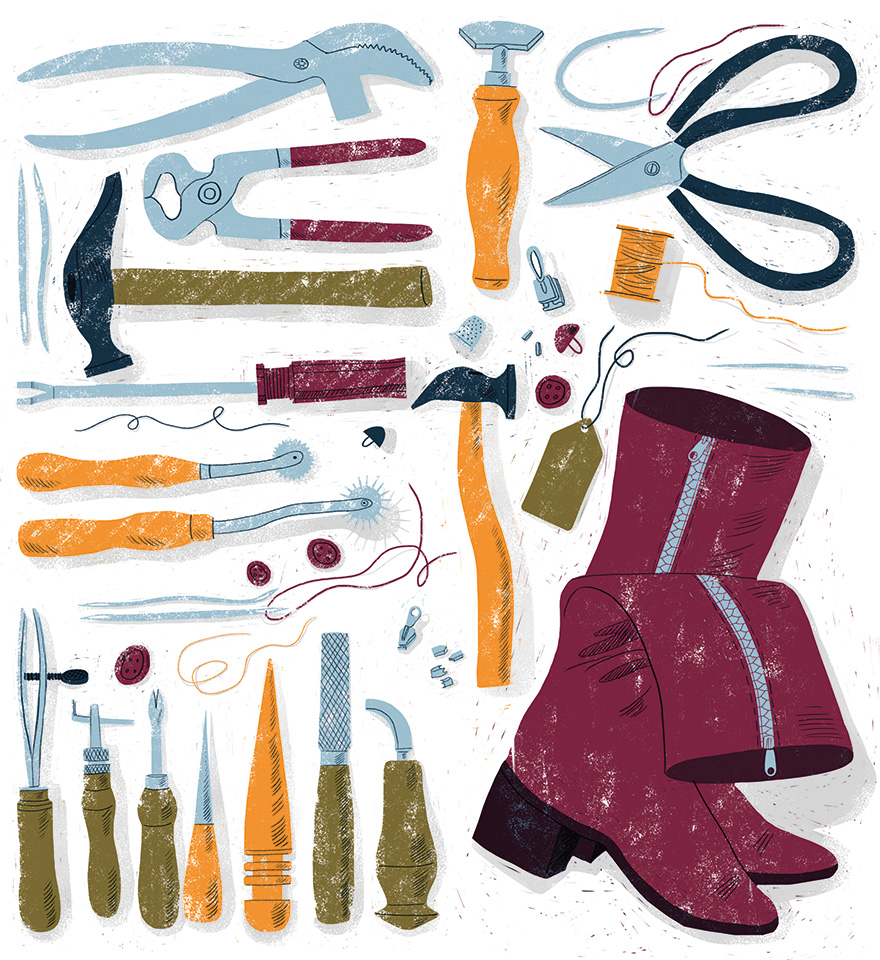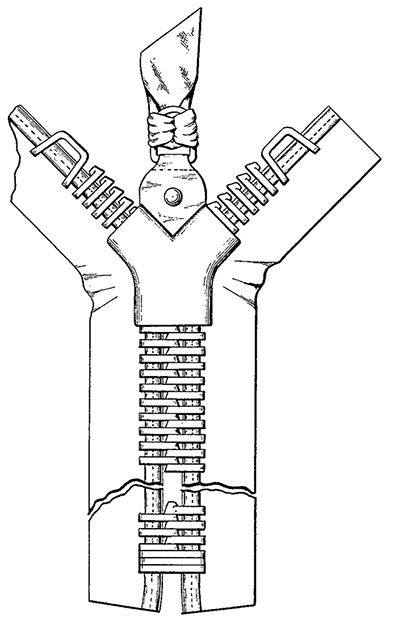AralovaVira
May 29, 1911, Vinnytsya, Russian Empire (now Ukraine) —
August 26, 2001, Moscow, Russia
Zipper boots
For quite a long time, the zipper and the boots existed separately from each other. It took years for the typical women’s tall shoes with a zipper to appear on the shelves of stores.

First, the zipper had to be invented, engineers were able to make it during the second attempt only, without mentioning countless tries to develop other improvements in the design. First zippers used to open unexpectedly, quickly broke or froze in the cold, they were also too expensive to produce and difficult to install. The zipper, as we know it today, was developed by an American-Swiss named Gideon Sundbeck. He applied for a patent in 1914, 63 years after Elijah Gow, the author of the first version of an “automatic, non-stop dressing device”.
This problem had been solved, but there was still one more.
The high heel boots were... the male shoes. Back in the XII century, they started to be worn by Spanish horsemen. The height of these boots sometimes even reached the hip, and it was reasonable. Such boots were good protection from the excessive friction during riding, for twisting when the rider was dismounting and from the mud that flew from under the horses’ legs, the obligatory heels also helped to secure the leg in the stirrup. Throughout many centuries, high boots and jackboots were mainly worn by soldiers and hunters. For a woman to wear these shoes, she had to be Joan of Arc. Only close to the middle of the twentieth century high boots of female models began to appear. But there was a problem: it was quite difficult to put on or take off tight boots without the zipper, and the wide calf boots looked not very much attractive.
And that’s when the idea of holding a fashion show in Paris emerged in the Soviet Union. One of the best fashion designers of the time, Ukrainian Vira Aralova, decided to design the collection. The task was extremely demanding, because a few years before that, in 1959,
The campaign for the refusal to use natural fur appeared only in the 1980s, and gained real strength closer to the 2020s, that’s when fur began to be waived by the British Queen Elizabeth, Prada, Burberry, Gucci, Chanel, Versace and Giorgio Armani fashion houses. In 1961 there was no risk that models in fur coats would be covered with green and Aralova would be sued for using fur.

Gideon Sundbeck's zipper
And of course, where the fur is, there are high boots. But how to make them elegant? Then Aralova came up with the idea that the boots themselves could be made of thin leather, not of heavy canvas, as they did then, and that the zipper could be stitched on the inner side. The authorities did not support the idea, so the designer ordered the production of several pairs at the workshops of the Great Theater at her own expense. The craftsmen there were used to put into practice any fantasies for theatrical productions so they managed to cope with that one as well.
Aralova did manage to impress the French and Frenchwomen. After the show she seems to have been approached by several clothing manufacturers at once with a request to sell the rights to manufacture such boots, but whether the leaders, without whom Aralova could not make the decision, did not see in such footwear any prospects, or for some other reason, they did not even patent the model and the technology was not sold.
After all, boots are not an aeroplane. It’s not so hard to create them on the model, even if you have seen them only once. In 6 months, high zipper boots appeared in all clothing stores in France and then in other countries.
But in the Soviet Union, they were forgotten for 15 years and when they were finally started to be produced, it was with... Austrian moulds.